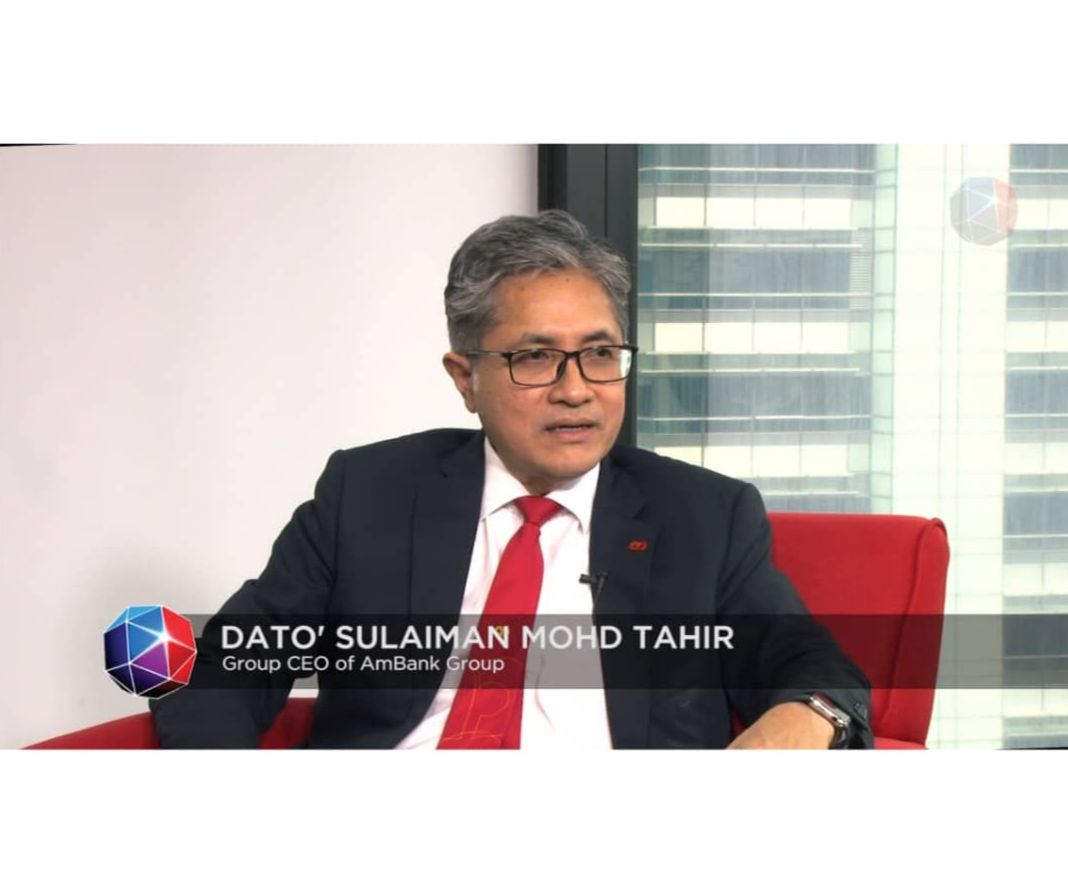How to Mitigate Resentment in Your Team

Image is from freepik.com by @freepik
When conflicts in a team – no matter how minor – are left unresolved, it can eventually breed resentment. If unaddressed, this could lead to cynicism and distrust, as well as harm individual and team performance. How should leaders deal with this?
The intuitive answer might involve orchestrating frank, albeit difficult, conversations between the discordant parties. But such conversations are unlikely to lead to the desired reconciliation without a baseline of trust and goodwill. Research reveals that people become less cooperative when they expect others to be uncooperative. Instead, consider a slightly counterintuitive alternative: Get the employees who resent each other to rely on each other.
Think about the last time you desperately needed assistance from a colleague you didn’t particularly like but who was nevertheless able to deliver the help you required. You probably felt happy. Or relieved. Or both. At that moment, your prior issues fell by the wayside, and your positive feelings from receiving help were transferred to some extent to the individual who delivered. What’s more, the resentment likely subsided because you now have evidence that the other person can and will be motivated to help you.
This does not mean that longstanding conflicts were instantly resolved; that would require the frank and difficult dialogue mentioned earlier. But at this point, such a conversation can take place from a baseline of goodwill, making it more likely to succeed.
Co-dependency creates reciprocity
In the 1950s, psychologists Muzafer Sherif, Carolyn Wood Sherif and their team investigated how resentment and conflict can be quelled. They invited 22 teenage boys to camp out at Robbers Cave State Park in Oklahoma, United States. By all accounts, the boys should have gotten along famously. They had a lot in common, came from comparable backgrounds and shared similar likes and dislikes.
But things went awry when the researchers split the boys into two teams and asked them to partake in various competitions such tug-of-war and baseball, effectively pitting them against each other. Each team created their own team flags, hierarchies, customs and jargon organically. Soon, a spiral of escalation ensued. First came insults and name-calling between the two teams. Then, the stealing of valuables, including the rival team’s flag. Finally, one of the teams ransacked the other’s cabins in the middle of night. Surveying the boys, the researchers found they had developed starkly negative attitudes towards their rivals.
The researchers tried several ways to lower the temperature. An intuitive but mistaken first attempt was to ask the rival team members to engage freely in communication. Unfortunately, that evolved into a shouting match. The researchers realised that a baseline of goodwill and trust was needed, and found a better way: engaging the boys in tasks that made them depend on the rival team to achieve mutual goals.
The researchers were creative in orchestrating these situations. One day, water to the camp was blocked by a large boulder that could only be moved with the strength of the boys from both teams. Another day, the researchers let the boys rent a popular movie, but its cost and the convenient lack of budget meant that boys from both teams had to chip in. Over time, as the boys had to rely on one another, their hostile sentiments towards their rivals were replaced by favourable attitudes.
The deep insight from this situation lay the foundation for a psychological theory called intergroup contact theory: It’s hard to hate someone you need help from. Co-dependency creates reciprocity. Originally, and still to this day, this theory has been applied to political and group conflict. Subsequently, it has been applied to workplace relationships.
Other research supports this insight, finding that small acts of giving – be it money, time or effort – are surprisingly highly appreciated, at times just as much as large acts of self-sacrifice. By simply creating a necessity for feuding teams to cooperate, a surprising amount of goodwill can be generated.
A well-known example of this is the “team of rivals” set up by former US President Abraham Lincoln during the American Civil War, which included politicians and generals whose disagreements would have otherwise had them at each other’s throats. But the extreme situation they faced meant they had to depend on one another for success. Instead of bickering, they learnt to appreciate one another’s ideas and cooperate.
How leaders can address resentment
How can leaders determine the best way to address feuds within their team? First, determine if resentment is brewing to a degree that you should be concerned. The solutions proposed here require the reshuffling of tasks and personnel, and so should only be used when business-as-usual is no longer an option.
If this is the case, start by mapping out the ways in which discordant team members need each other’s expertise, resources and help. Create or adapt projects and tasks such that cooperation is required from everyone, including those who seem not to get along with each other. Like Sherif and his team, you can frame the reasons for cooperation as an external pressure that cannot be solved otherwise. People may perceive such unorthodox pairings as an attempt to manipulate them, but they will be more accepting if they deem it to be an organisational necessity – be it due to staffing shortages, competitive pressures or the special talents of the employees in question.
Moreover, organisational necessities can incentivise feuding employees to do a great job for the sake of the organisation (instead of continuing their feud in secret while working together). You can also design the task with additional incentives to do well. Critically, these incentives should kick in when the task is accomplished. This means that the incentive will create a true co-dependency.
Read:
5 Secrets to Mastering Conflict
Don't Step back From Conflict: Embrace It
Ensure that the cooperative task involves achievable goals from both parties to make sure each person can deliver something useful to the other. This will create preliminary evidence for each individual that the other is not so bad, while laying the groundwork of increasing trust and goodwill for eventual conflict resolution. For example, a task like “prepare a slide deck to pitch to a client together” is achievable, whereas “raise sales by 5 percent in the next quarter” is more uncertain and unsuitable for this context.
Solutions in action
Let’s take a concrete example. Imagine that you are managing a sales team, and your star salespeople are at loggerheads, both believing that the other is trying to steal their clients. Proactive leaders may opt to have a frank conversation about the issues. This is not unreasonable. However, as noted, there needs to be some level of trust and goodwill between the parties for such conversations to succeed.
Consider an alternative: Following the steps outlined above, you create a joint and achievable goal that your two salespeople must cooperate on, framing it as an organisational necessity. Perhaps the issue is getting rookie salespeople up to speed, which needs to happen more rapidly. You explain there needs to be an in-house sales training seminar, and you want your best people running it.
This environment will compel your two disgruntled stars to cooperate if they want to deliver a great seminar. You can also add a joint incentive – stellar evaluations from participants would earn your feuding stars a bonus. Through this cooperation on an achievable task, resentment will recede and future frank conversations can occur to help resolve the deeper issues.
Take another example. You have a member on your team who seems to be a constant “devil’s advocate”. In the past year, they have been repeatedly warning that demand for your main product will dry up due to enterprising competitors working on cheaper and better substitutes. They are citing “leading indicators” that they came up with but that no one else subscribes to. When they speak up in meetings, eyes roll and irritated sighs are heard.
Such a situation presents a challenge to the team leader. On the one hand, devil’s advocates can provide valuable warning signs and divergent ideas. On the other hand, deep-seated resentment towards the devil’s advocate may cause team members to discount their opinion and create a toxic team culture.
A solution might be to assign discrete, achieveable projects that would require the devil’s advocate to collaborate with their team members, preferably working on goals that are unrelated to the contentious topic of future demand. For instance, perhaps everyone can work together on a slide deck about past sales to be presented to highers up (thus avoiding the conflict about the fate of future sales). This would give your devil’s advocate and the rest of the team the chance to demonstrate cooperative behaviour towards one another and help change the team dynamics.
Discover:
How Leaders Can Create A Collaborative Company Culture
Creating co-dependencies among team members might help reduce their resentment towards each other over time. If leaders and managers create incentives for cooperation and provide opportunities to build trust and positive feelings, individuals will cooperate, even if they dislike each other at first. After all, it’s hard to resent someone you need help from.
Edited by: Rachel Eva Lim

This article is republished courtesy of INSEAD Knowledge. Copyright INSEAD 2024.
Leadership
Tags: Team Leadership, HR, Executing Leadership, Competition
Nadav Klein is an Assistant Professor of Organisational Behaviour at INSEAD. His research focuses on the basic processes of judgment that affect how people make decisions, process information, and evaluate others and themselves. Some of the findings Nadav has explored are the surprising reputational benefits of being a little bit nice to other people, the ability of groups to detect lies, people's weak desire to be seen as moral and strong desire not to be seen as immoral, and people's overestimation of how much information they use to make decisions. Read more.






